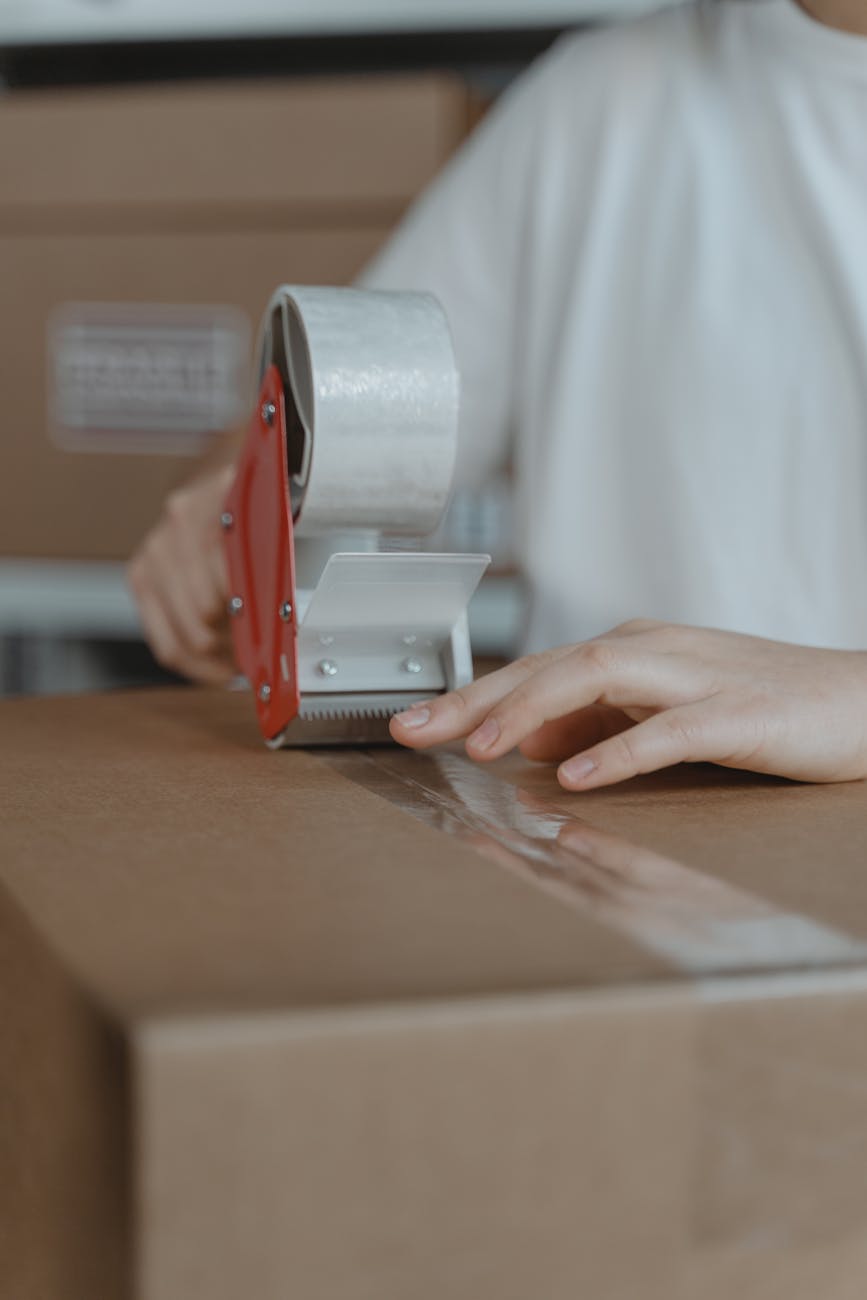Moving your workshop to a new location can be a daunting task, but with proper planning and organization, you can ensure a seamless transition while maintaining productivity. Relocating a workshop involves more than just moving equipment and tools; it also entails keeping your team motivated and focused during the transition process. In this article, we will discuss some practical tips on how to relocate your workshop effortlessly without sacrificing productivity.
Planning Ahead for a Smooth Transition
Before diving into the physical aspect of moving your workshop, it is crucial to create a detailed relocation plan. Start by identifying the reasons for the move and setting clear objectives for the transition. Assess the new space to determine the layout and design that will best suit your needs. Allocate a budget for the relocation expenses, including moving costs, utilities setup, and any renovations required at the new location. By planning ahead, you can address potential challenges proactively and minimize disruptions to your daily operations.
Communicate Effectively with Your Team
Communication is key when it comes to relocating your workshop. Keep your team informed throughout the process to ensure everyone is on the same page. Schedule regular meetings or updates to discuss the relocation timeline, tasks, and any changes that may impact their work. Encourage transparency and open dialogue to address any concerns or questions that arise. By maintaining clear communication, you can foster a sense of unity and collaboration among your team members, which is essential for maintaining productivity during the move.
Organize Equipment and Inventory
As you prepare for the relocation, take inventory of all your equipment, tools, and supplies. Create a detailed checklist of items to be moved and categorize them based on priority. Consider labeling boxes or containers to streamline the unpacking process at the new location. Ensure that fragile or sensitive equipment is properly secured for transportation to prevent damage. By organizing your workshop inventory effectively, you can avoid misplaced items and reduce downtime during the transition.
Delegate Responsibilities and Coordinate Tasks
Delegate specific responsibilities to your team members to distribute the workload effectively. Assign tasks such as packing, labeling, and unpacking to individuals based on their expertise and availability. Establish a clear timeline for each task and monitor progress regularly to stay on track. Coordinate with external service providers, such as moving companies or contractors, to ensure a smooth transition. By delegating responsibilities and coordinating tasks efficiently, you can enhance team collaboration and productivity during the relocation process.
Maintain Morale and Motivation
Relocating a workshop can be stressful for both you and your team members. It is essential to prioritize employee morale and motivation during this period of change. Recognize and appreciate your team’s efforts as they navigate through the challenges of the relocation. Offer support, guidance, and resources to help them adjust to the new environment seamlessly. Consider organizing team-building activities or social events to boost morale and foster a positive work culture. By prioritizing employee well-being, you can create a supportive and productive work environment amid the relocation.
Conclusion
In conclusion, relocating your workshop does not have to be a disruptive experience for your business. By following these practical tips and strategies, you can maintain productivity and efficiency throughout the transition process. Plan ahead, communicate effectively, organize your equipment, delegate responsibilities, and prioritize employee morale to ensure a seamless relocation. With proper preparation and teamwork, you can relocate your workshop effortlessly while maximizing productivity and minimizing disruptions.


